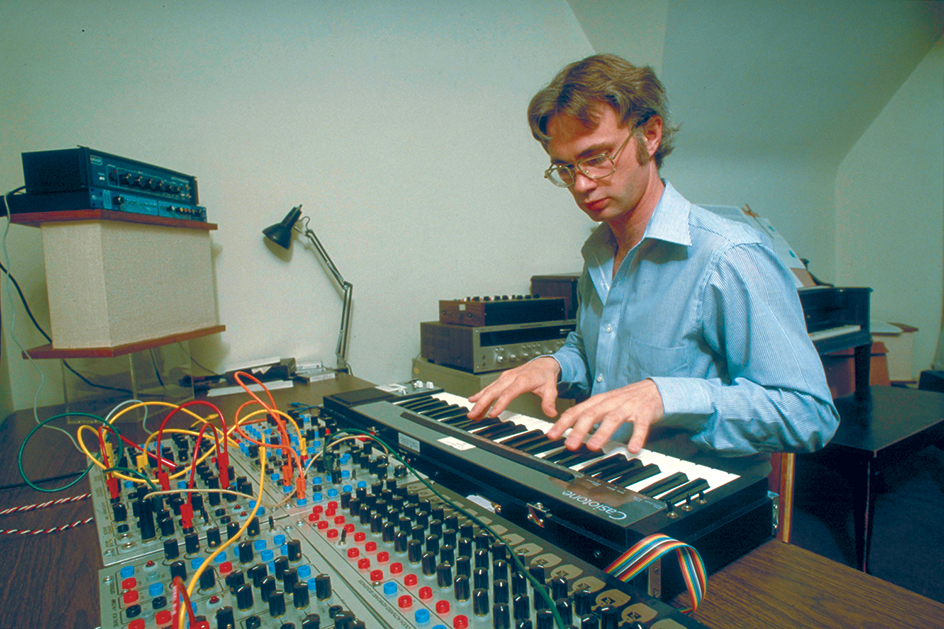Electronic music is a kind of music in which sounds are produced electronically. Composers use electronic equipment to produce sounds that have a desired loudness, pitch, rhythm, and tone color. They assemble the sounds on magnetic tape or computer disks to create a composition and play the music on a tape recorder through loudspeakers.
Loading the player...Classical electronic music
Many composers of electronic music use a machine called a synthesizer to combine, modify, and distort sounds. A synthesizer has several devices that change the pitch, tone, and amplitude of a sound. Synthesizers can imitate the sounds of traditional musical instruments but are more often used to create unique, new sounds. Synthesizers were invented because composers wanted to include a greater variety of sounds in their music than was possible with traditional instruments. Some composers use computers to do the work of synthesizers and tape recorders. Special computer programs can manipulate sounds like a synthesizer.
In the early 1900’s, several people invented equipment that could produce electronic music. These inventors included Thaddeus Cahill in the United States, Maurice Martenot in France, and Leon Theremin in Russia. But electronic music did not begin to attract wide attention until the 1940’s, when magnetic tape recorders came into general use. The first notable composer of electronic music was Pierre Schaeffer of France, who worked exclusively with tape recorders and recordings of everyday sounds. Other important composers include Luciano Berio of Italy, Pierre Boulez and Edgard Varese of France, Karlheinz Stockhausen of Germany, and Mario Davidowsky of the United States. During the 1960’s, several Americans, including Robert A. Moog and Donald Buchla, independently developed the first mass-produced synthesizers.

In its early days, electronic music caused much discussion among audiences and critics. Its supporters declared that electronic techniques increased the range of musical expression. Its opponents objected to the absence of any human element in performance. Some composers have responded to objections by writing works in which performers interact with electronic instruments. Others have developed computer programs that allow performers to shape computer output during a performance. These approaches permit the artist to interpret the composer’s music.
